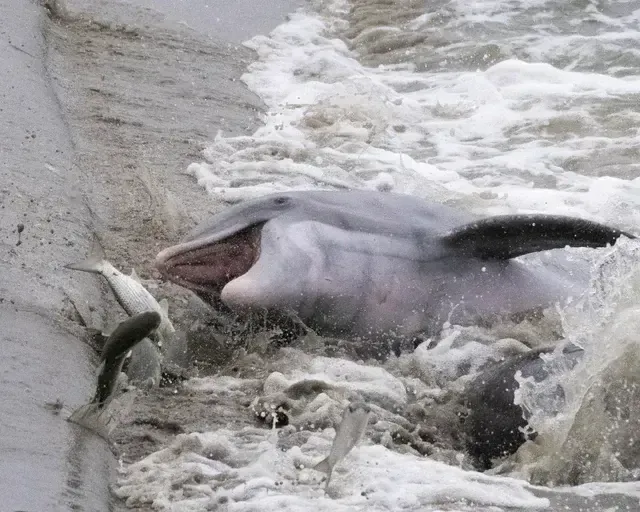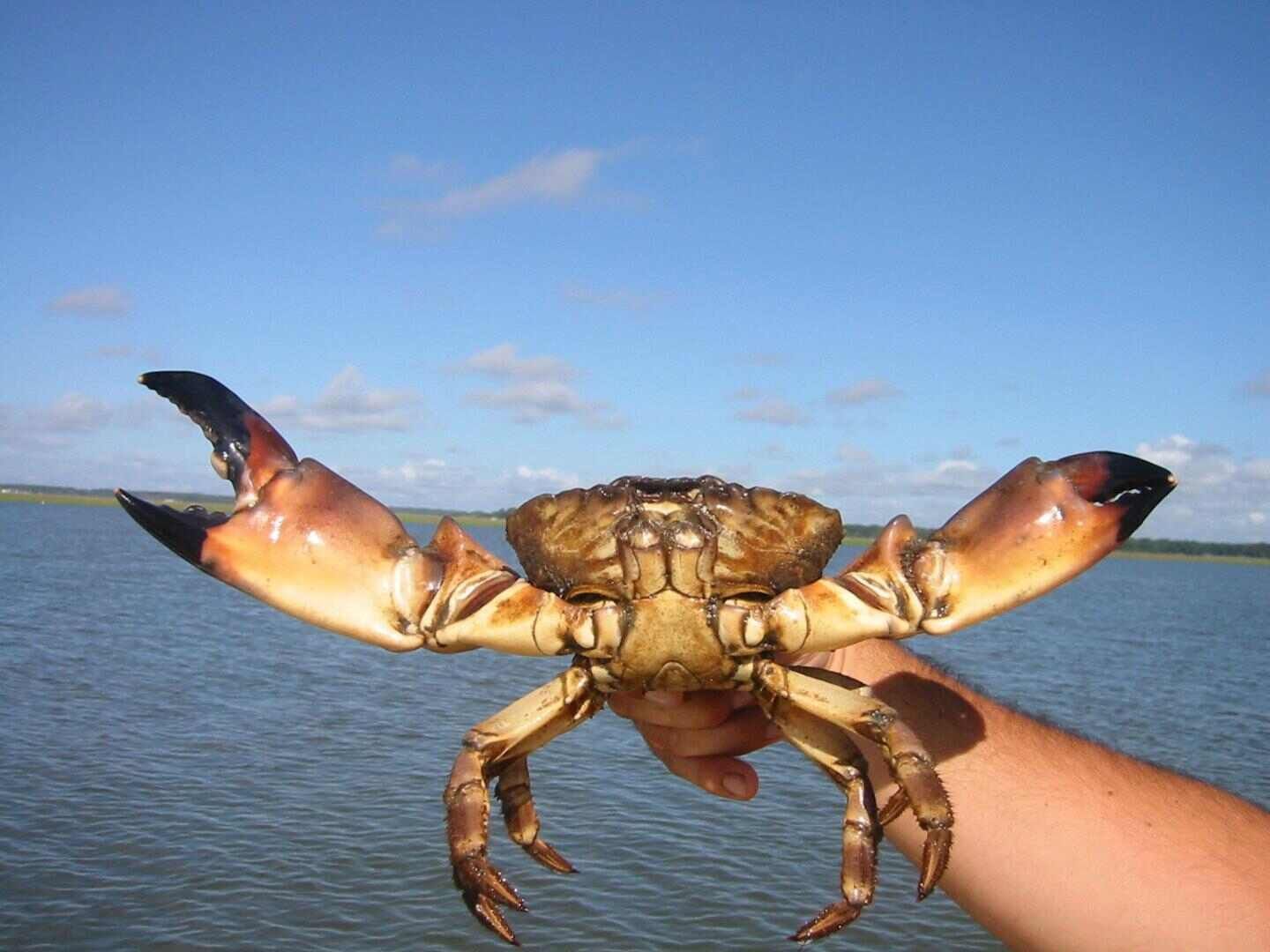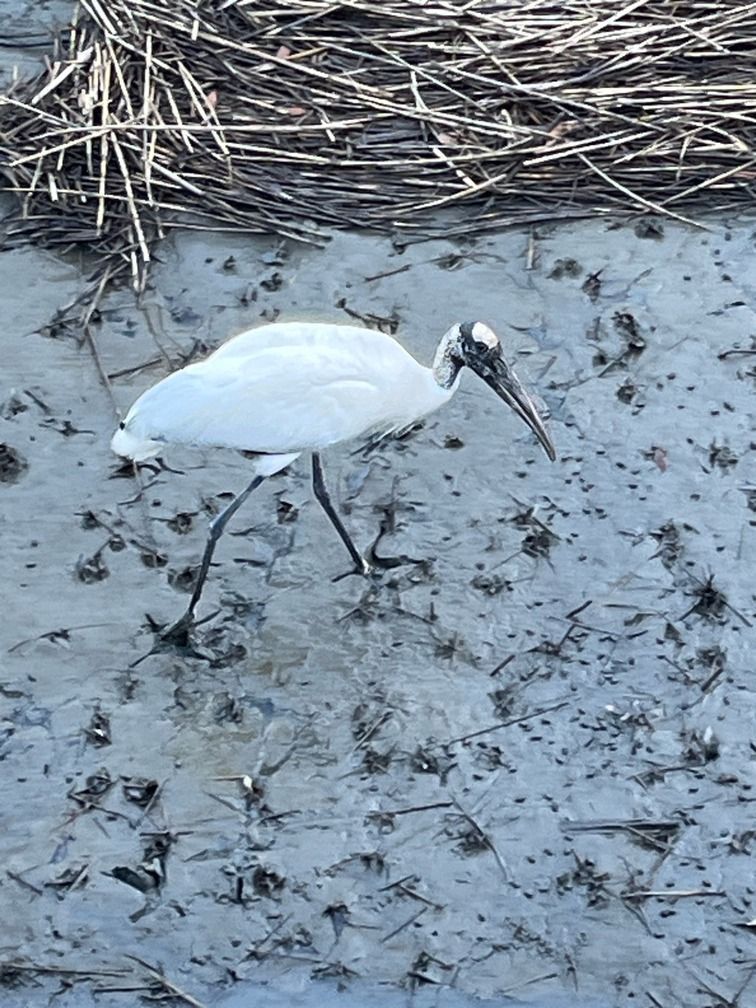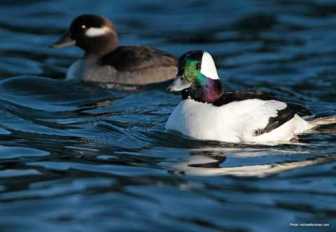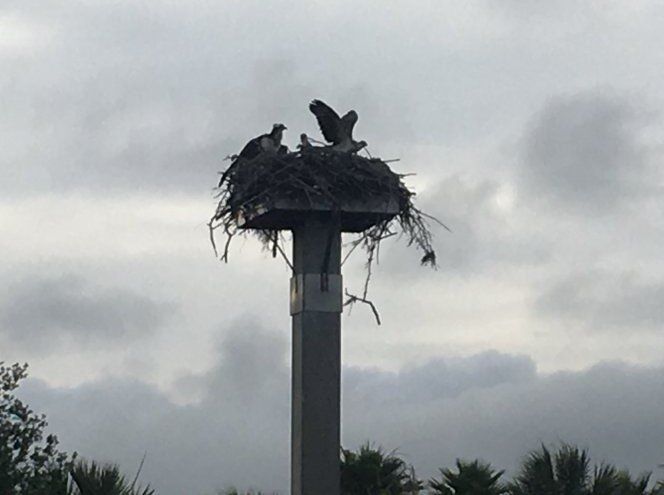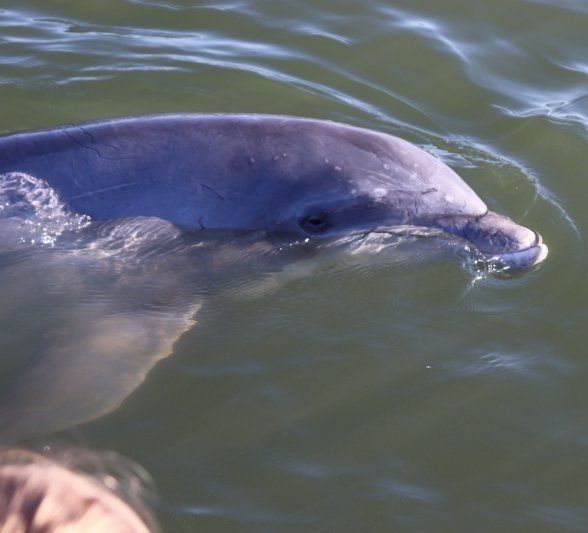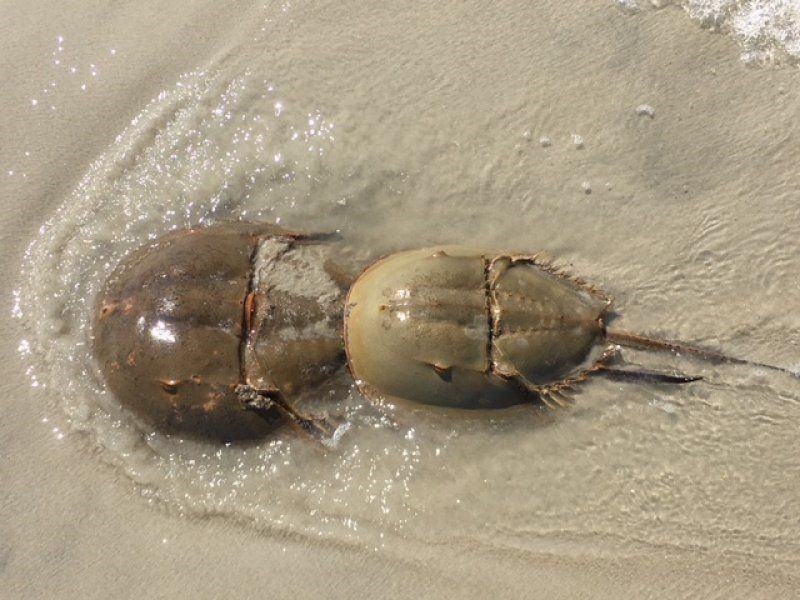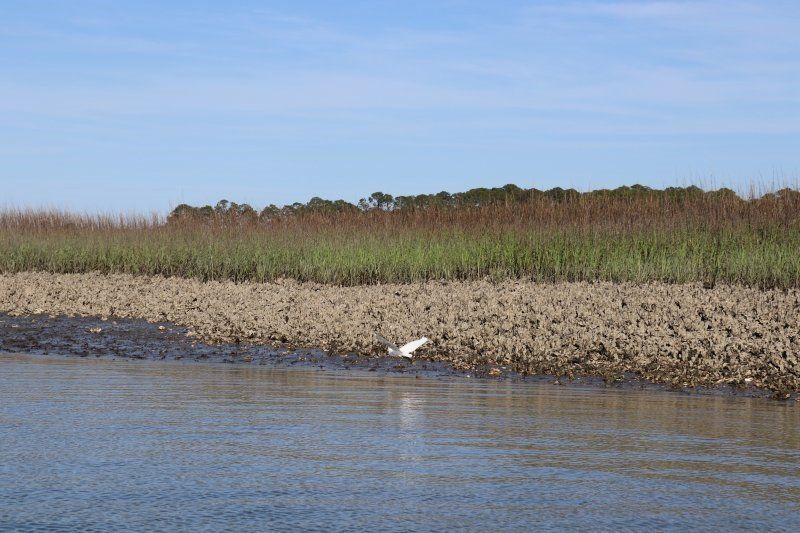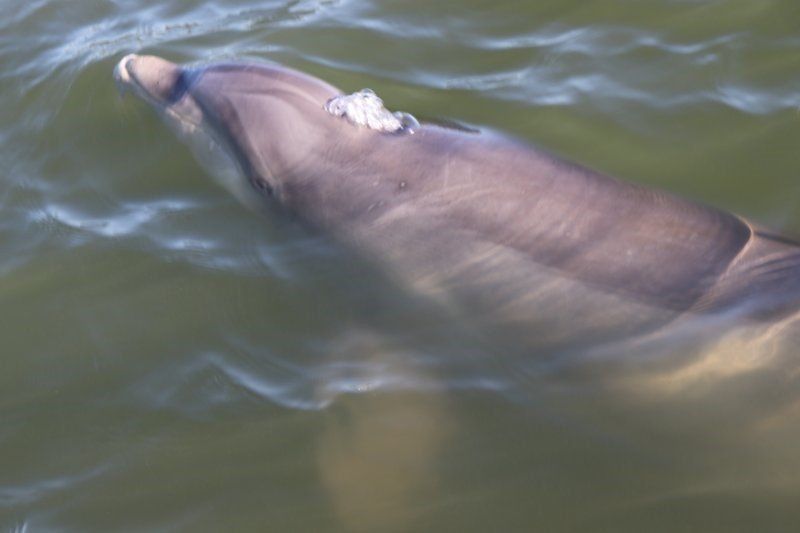Getting Crabby in Hilton Head
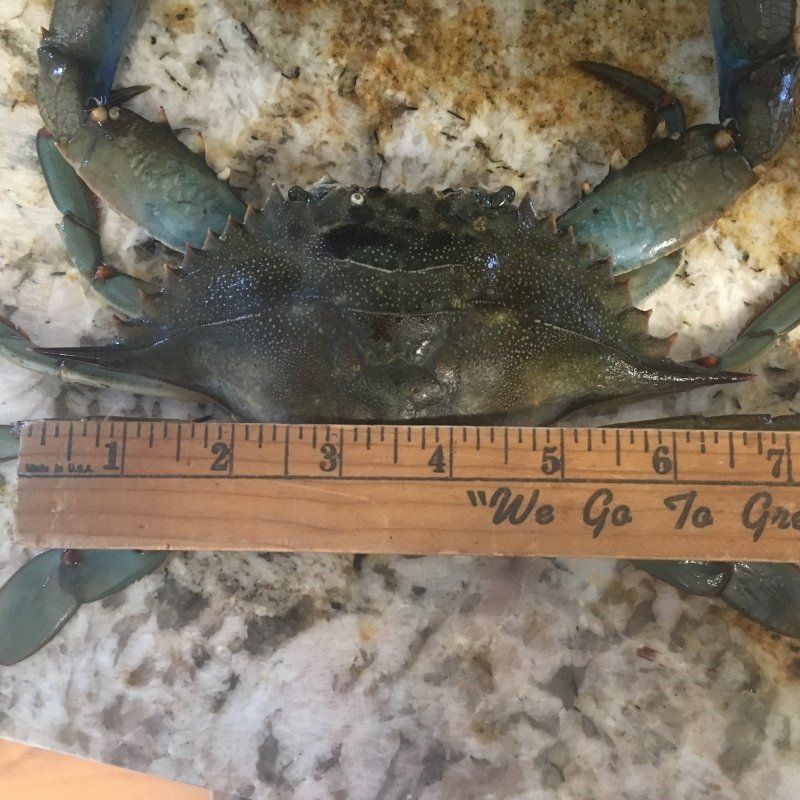
We have quite the variety of crabs on this wonderful Island.The most commonly known crab is the Blue Crab, many people enjoy a meal of these while visiting. We have many different species of crabs that call HiltonHead their home, I am just going to discuss one of them this week. You can also learn more about this wonderful animal on our Dolphin & Nature Cruise.
The most well known local crab is the Blue Crab. Some consider the Blue Crab the prize of the “Lowcountry”. Blue Crabs are in the crustacean family. We will discuss the blue crab on our Dolphin & Nature Tour. They can be found in the salty and brackish marsh creeks and ocean surf. You don’t want to step on these little guys or you may get an unexpected surprise!
Blue crabs do molt, their age determines how often. When they are in the molting stage and have not regained their new harder shell, this is what is referred to as a soft shell crab. You can find these at local restaurants, primarily in the spring. Many consider these to be a delicacy and an extra treat.
It is rare that you will catch a soft shell or molting crab while crabbing, they tend to hide until their shell hardens. If you decide to try your hand at catching these crabs, they must be a minimum of 5inches tip to tip to keep.
Keeping females of any size is discouraged and you are unable to keep them if they have an orange sponge of eggs. April thruOctober is crab season here, many people use chicken necks or legs for bait.You can visit the South Carolina DNR website for all of their rules and regulations for recreational crabbing and the limits on what to keep.
A few of their favorite meals consist of other small crabs like fiddler crabs, clams, seaweed and dead fish. Crabs are bottom feeders, they are considered a tasty treat by a variety of shore birds, larger fish and people. If they loose a claw or leg they are able to regenerate it, anew one will grow back by 1 month after loosing the previous claw or leg. They have 10 limbs with 2 being pinchers.
Blue crabs are able to walk and swim. You can always tell the difference between male and female crabs by their underbelly. The male has a slim elongated hinge and the female has a wider hinge that looks like a triangle. The female crabs also have red on the tips of their pinchers, making it look they have been painted.
The female crabs can have up to 2 million orange colored eggs on their abdomen. The crabs will be born in seaweed and take a full year to reach adult size. Less than 1% of the eggs will survive.Luckily the female crabs with eggs are protected to help with the future crab population.
If you get to see these guys up close, they are fun to watch them walk and scurry around. The way they raise and yield their pinchers gives a good warning if trying to pick them up. If you enjoy seafood, getting fresh crabs isquite the treat, if seafood is not your thing, even watching them is a treat in itself!
As always, my facts are from reputable sources. For more information about crabbing and the regulations, please visit the South Carolina DNR website.
Until next time………………..Katie


